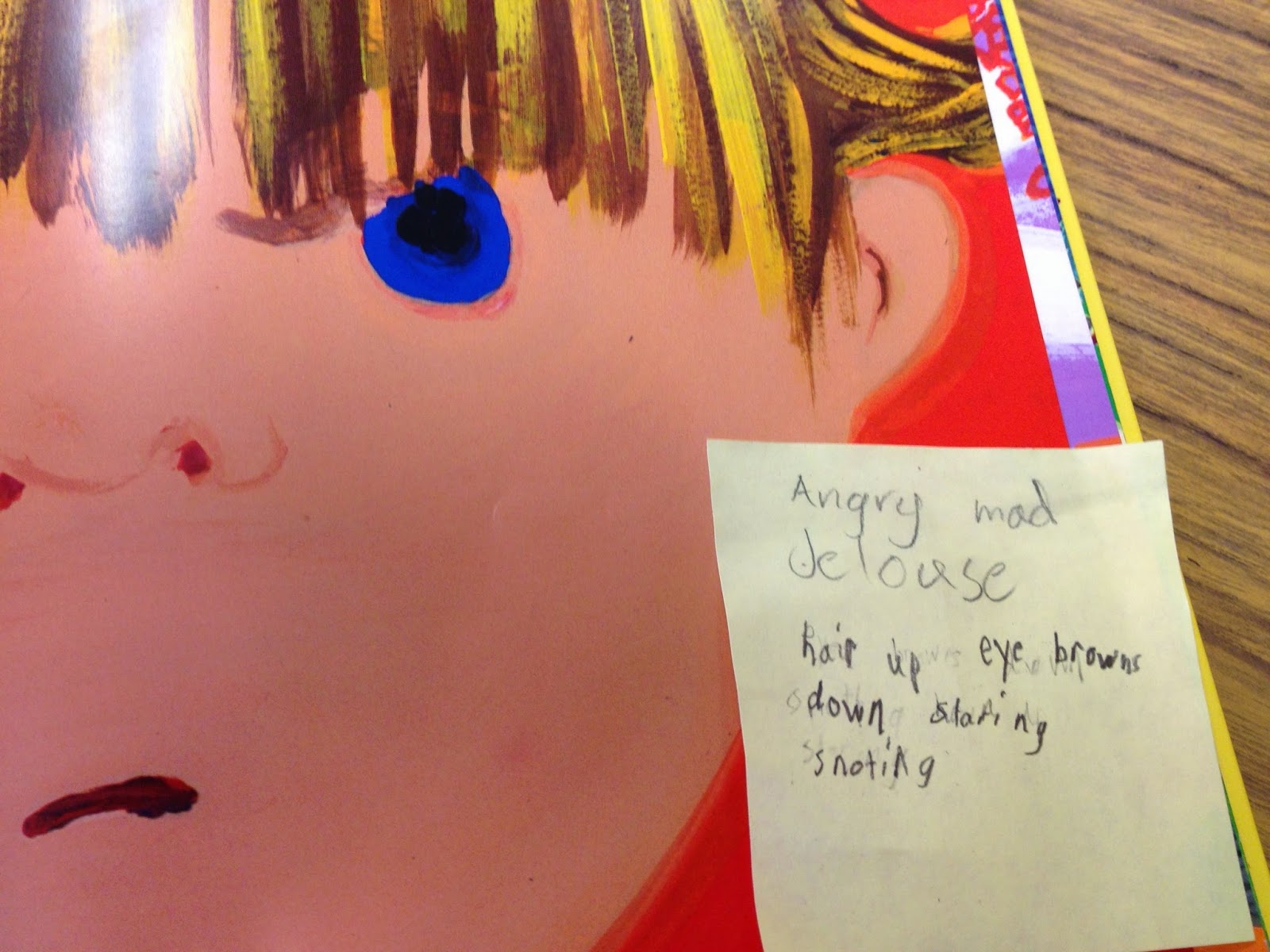"Here's a simple but powerful truth that many parents and schools don't act on: the more kids read, the better readers they become. The best way to get kids reading more is to give them books they'll gobble up... Freedom of choice is a key to getting them motivated and excited."Patterson has just announced a tremendous opportunity he's offering to schools across the US: he's pledged $1.5 million to give to school libraries through a partnership with Scholastic. Please share this news with your school librarians, principals and teachers!
We Can Get Our Kids Reading
by James Patterson
Today I'd like to celebrate his newest book: Public School Superhero. I'm excited about this because so many of my 4th and 5th graders ask for funny books and adventure books. They will love the comics that are sprinkled throughout this. And I'm so happy to see the main character is an African American boy.
Public School SuperheroPublisher summary: Kenny Wright is a kid with a secret identity. In his mind, he's Stainlezz Steel, super-powered defender of the weak. In reality, he's a chess club devotee known as a "Grandma's Boy," a label that makes him an easy target for bullies. Kenny wants to bring a little more Steel to the real world, but the question is: can he recognize his own true strength before peer pressure forces him to make the worst choice of his life?
by James Patterson and Chris Tebbetts
illustrations by Cory Thomas
Little, Brown, 2015
read chapters 1-5 online
Your local library
Amazon
ages 9-12
Kirkus review: Kenny's dreams of superpowered heroics provide a respite from his tough school. Kenny Wright loves his grandma, chess and superheroes. Less loved is his school, an overcrowded, underfunded cinderblock straight out of the fourth season of The Wire. A string of peculiar circumstances puts Kenny in the position of teaching his enemy, Ray-Ray, how to play chess, but this crummy state of affairs may be just what Kenny needs right now. ... A smart and kind story topped with just the right amount of social justice. (see full review)
James Patterson Reads Prize Pack Giveaway
Make it through middle school with James Patterson! Enter for a chance to win copies of:
- Public School Superhero
- I Funny
- Treasure Hunters
- House of Robots
a Rafflecopter giveaway
This book giveaway is open to participants in the US only. Prizing & samples courtesy of Little, Brown and Company. The review copy was kindly sent by the publisher, First Second. If you make a purchase using the Amazon links on this site, a small portion goes to Great Kid Books. Thank you for your support.
©2015 Mary Ann Scheuer, Great Kid Books
























